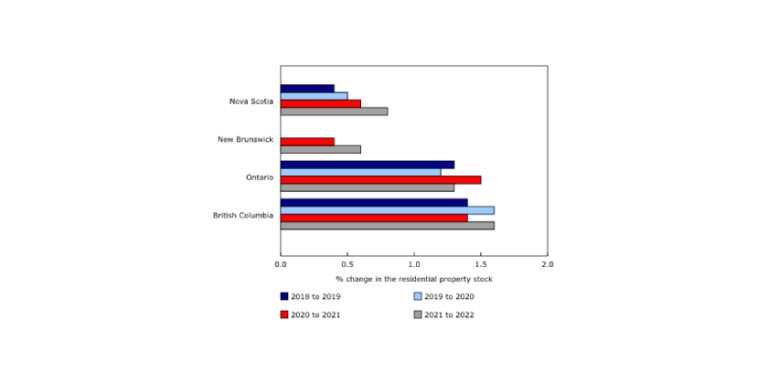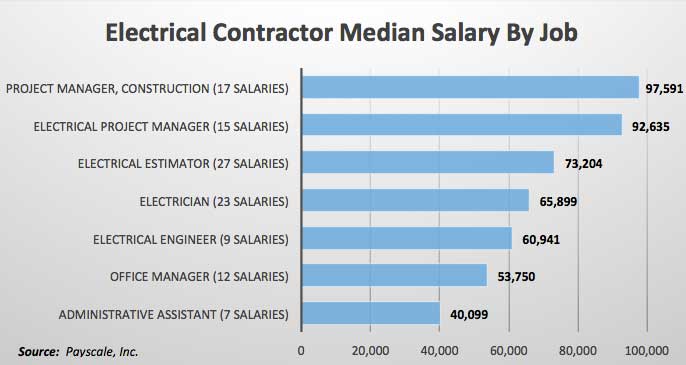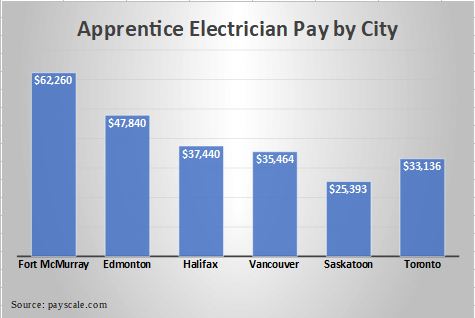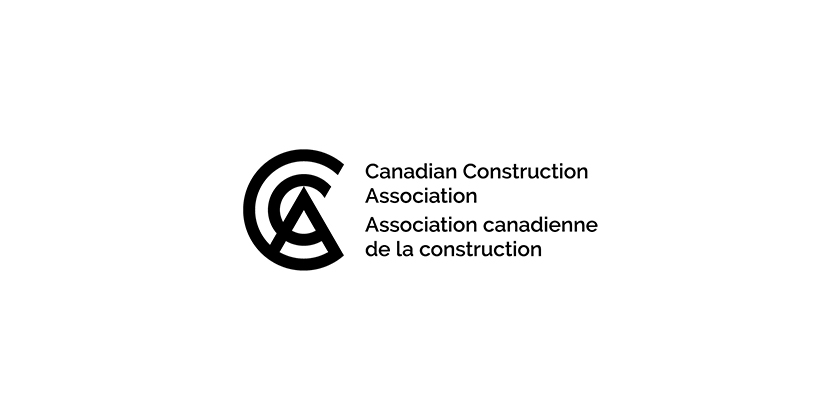Adapting to Climate Change: Recommendations for Canada’s Electricity Sector

March 23 2016
Canada’s electricity sector is on track to spend $350 billion between 2010 and 2030 to renew or replace aging infrastructure, with massive capital projects underway or planned in every part of Canada, notes the Canadian Electricity Association. Climate adaptation considerations must inform this infrastructure renewal process. If we don’t, says the association, a substantial and growing body of evidence indicates that the costs of inaction will exceed those of an evidence-based commitment to adaptation investments.
These remarks appear in a wide-ranging report published by the association: Adapting to Climate Change: State of Play and Recommendations for the Electricity Sector in Canada. The association describes the report as a roadmap for adapting to climate change. It acknowledges that the electricity sector has already begun to incorporate adaptation considerations in a systematic way.
The report outlines robust recommendations to help integrate climate change considerations into investment and management decisions. It also calls for greater collaboration among the stakeholders responsible for ensuring the resilience of Canada’s electricity network, from electricity producers all the way along the line to consumers:
- federal, provincial, territorial and municipal governments
- system operators
- electricity companies
- electricity regulators
- customers and citizens
These recommendations are summarized below. But first, conclusions from a climate model data analysis on how climate change will affect mean temperature and precipitation from 2041 to 2070.
1. Average annual temperatures will increase by 2.0-3.5 degrees Celsius in southern parts of Canada. For all four seasons the average temperature is likely to increase by more than 2 degrees Celsius throughout Canada.
2. Spring and fall seasons will see increases in precipitation of 5-15% across the country. There will also be a significant increase in mean winter precipitation across the country with some regions more strongly affected than others.
In addition to the climate model results presented in this report, scientific literature on extreme events stresses the increasing frequency and magnitude of warm days and heat waves, more frequent precipitation extremes, and potential drought changes (reduced aridity in winter, increased aridity in summer).
Effective climate adaptation in electricity will require leadership, action, and coordination across multiple stakeholder groups, says the report. All stakeholders must be actors in a broader system in which cross-sector communication and collaboration are essential for optimal planning and action in response to current and future climate scenarios.
A. Federal government
The federal government has a critical leadership role to play in supporting a national vision and common understanding of climate change, and in coordinating dialogue with the United States and between various levels of government in Canada. CEA recommends that the federal government:
- Develop a national adaptation strategy: no sector, and no province or territory, will be able to adapt to climate change on its own.
- Improve national understanding: the federal government should provide a strategic voice to support greater climate literacy among citizens, industry sectors, and regions.
- Support scientific research and climate data at a regional level: it is important that Canadian scientists in universities, think tanks and research consortia receive appropriate financial support to continue their research. It is equally important that industry sectors, including the electricity sector, have access to high quality, regional climate data in a usable format for use in investment planning.
- Cross-border coordination and risk management: in May 2015, Canada, the United States and Mexico established a ministerial-level working group on climate change and energy issues, with plans to examine adaptation among other topics. CEA encourages the working group to examine climate adaptation risks and practices in areas of shared concern, including critical infrastructure vulnerabilities in cities, cross-border transmission issues, and scenarios for hydropower water use.
B. Provincial and territorial governments
Provinces should respond to a renewed national vision around adaptation in the context of their specific market circumstances and issues. In particular, CEA recommends that each province:
- Establish a position on climate risks: through consultation with climate scientists and infrastructure engineers, each province should develop a position on climate risks and potential adaptation strategies, including sector-specific and province-wide strategies.
- Require municipalities to develop adaptation plans: While municipalities will have local expertise, the requirement to develop robust local action plans should come from the provincial level.
- Strengthen building codes and standards: Design practices should take into account two key themes: durability and disaster resilience. Work is needed to establish the return on investment (ROI) for innovations in resilient and durable design.
- Update flood plain maps: these maps could inform plans to locate and build new infrastructure and housing as well as improve adaptation measures for existing locations.
C. Municipalities
Key recommendations for municipalities include the following:
- Develop adaptation action plans: municipalities themselves will need to consider their specific resource situations, including community energy sources, water resources, and land use requirements and constraints.
- Ensure integrated participation from multiple stakeholders: 2012 Truro floods and 2013 Toronto and Calgary floods highlighted the need for improved critical infrastructure assessment and planning within and across, municipal functions. For instance, electricity reliability can be connected to sewage systems (and how well those systems are equipped to handle extreme rainfall and runoff) in ways that may not be obvious. Sewage and electricity stakeholders should therefore be collaborators in a cross-stakeholder process for identifying risks and responses.
- Pursue comprehensive energy efficiency actions: cities are particularly vulnerable to increases in temperatures exacerbated by the urban heat island effect.
D. System operators
Recommendations for system operators are as follows:
- Incorporate climate scenarios into load forecasts: system operators could collaborate with climate modellers to integrate climate change considerations into the determination of appropriate future reserve margins.
- Maintain a climate dialogue with other system operators: while a system operator in one jurisdiction may be confident that regional climate scenarios are manageable, it will also be important to consider sensitivities arising from neighbouring jurisdictions, including potentially extreme climate change scenarios in the United States that could dramatically impact American demand and, therefore, overall North American demand.
E. Electricity companies
Key recommendations for electricity companies are as follows:
- Develop climate adaptation management plans: each electricity company should develop and update its own climate adaptation management plan, assessing system vulnerabilities and identifying ways to manage climate risks and opportunities, including cost-effective actions to modify infrastructure. Effective adaptation plans could significantly impact the bottom line. Hydro-Québec found in its study of the Peribonka River system that doing nothing could result in reduced power output of 14%, while adaptation could increase output by 15%.
- Exchange best practices in climate adaptation, including models and methods: as one survey respondent commented, since adaptation “is such an interdisciplinary and complicated topic,” Canadian electricity companies should “collaborate with other utilities and industries that share our region,” as well as “with utilities in other regions to share methodologies.”
- Review electricity system standards: electricity companies should work with the Canadian Standards Association, the Canadian Dam Safety Association and other relevant experts to ensure infrastructure design and electricity system planning standards reflect current and future potential climate challenges.
- Promote greater demand response and overall system flexibility to address the growing risk of unprecedented peaks in summer cooling demand.
- Optimize use of water resources and watersheds: electricity companies should develop integrated plans for future hydropower capacity and cooling water needs for thermal operations taking into account extreme scenarios for changing weather patterns, increased need for summer peaking power, and the potential for intensified competition over water resource use on both sides of the Canada-U.S. border.
F. Electricity regulators
Key recommendations for electricity regulators are as follows:
- Establish policies and practices that recognize the importance of addressing climate risks in electricity, so as to improve resilience or otherwise address emerging climate risks and issues.
- Encourage collaboration to facilitate cost-effective solutions: in response to Hurricane Sandy, Con Edison in New York City applied for a US$1 billion investment in storm hardening measures to reinforce its electrical system as part of its rate case. To support identification of cost-effective solutions, a collaborative was formed comprising the utility, state and local governments, and NGOs.
G. Customers and citizens
Electricity customers and citizens also have a critical role to play. They should:
- Support and engage in community discussions around climate change and critical infrastructure: broad-based literacy and engagement will help the electricity sector identify potential cross-cutting risks, vulnerabilities, dilemmas, and tradeoffs.
- Contribute to demand response: by reducing loads at peak hours and during extreme weather events, demand response can help electricity providers maintain grid reliability across current and future climate scenarios. Electricity providers can enhance the role of consumers in the electricity market by providing them with incentives to use electricity when it is cheapest and most plentiful.
Conclusions and next steps
There are three overarching findings.
- The range of responses required to adapt to future climate scenarios is not limited to the electricity sector. Problems cut across sectors and geographies, solutions must be equally cross-cutting and holistic, involving a range of stakeholders. Governments at all levels, system operators, regulators and customers all have important roles to play.
- There is an opportunity and need for CEA and individual electricity companies to develop more programmatic approaches to climate change adaptation. It will take time to get this right, as the issue is complex, but the tools needed to begin the process are in place.
- Electricity companies need to better incorporate climate change scenarios into corporate governance, project planning and risk management practices. A key priority is to ensure that the current $350 billion infrastructure spend is informed by a careful consideration and analysis of potential climate change impacts.
Read the full report here.
















